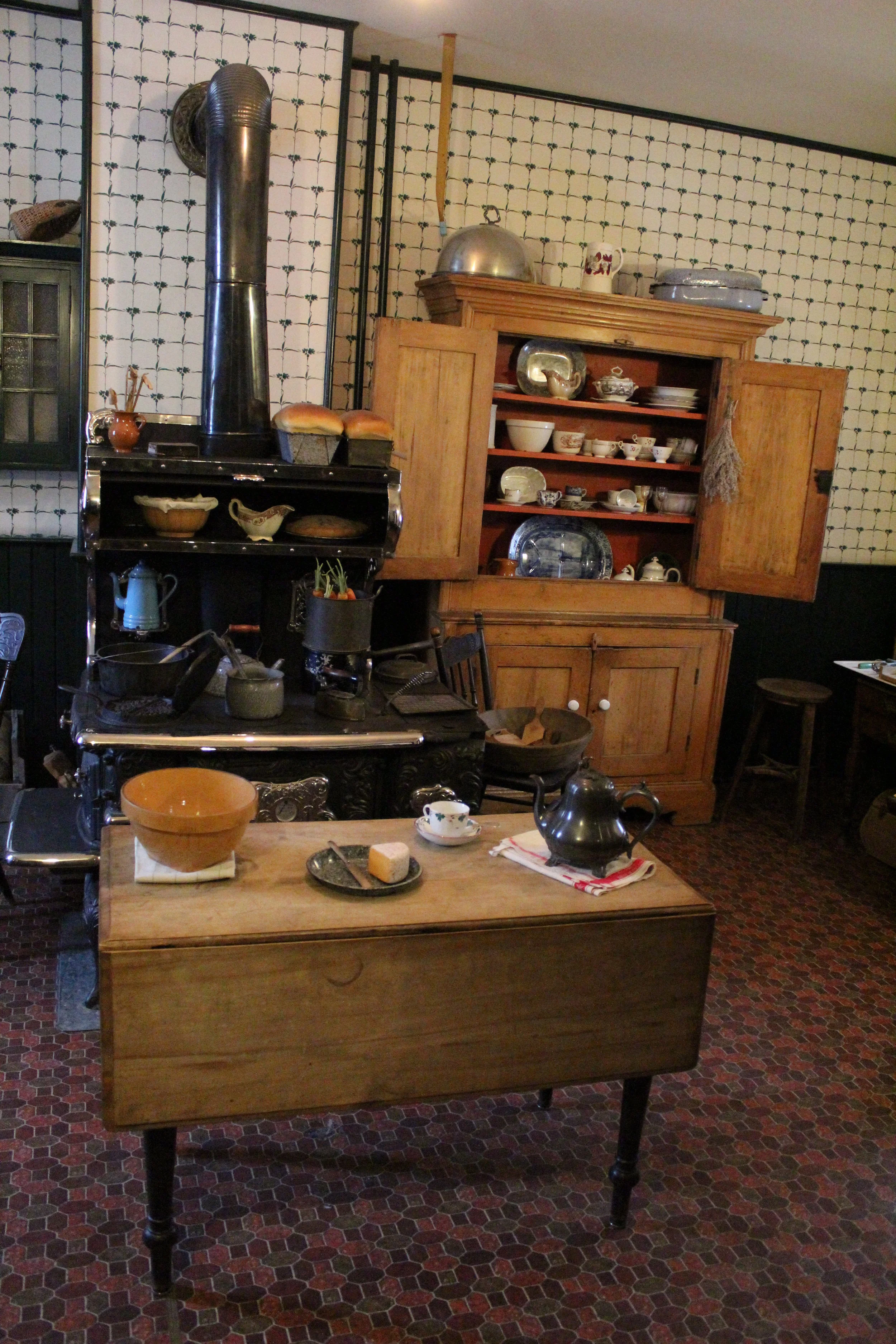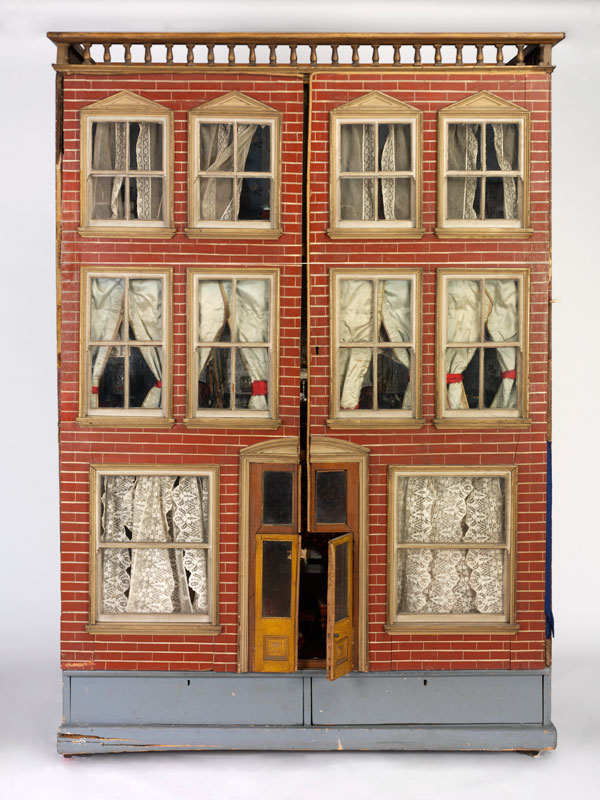Working Girl: The Victorian Edition
with Arlene Young
Sunday, April 28 @ 1:30
$15 Admission | $12 Members
In George Gissing’s 1890s novel about single working women, the owner and administrator of a typewriting and business school warns the young women in her charge about the political implications of women’s work:
An excellent governess, a perfect hospital nurse, do work which is invaluable [she asserts]; but for our cause of emancipation they are no good; nay, they are harmful. Men point to them, and say: Imitate these, keep to your proper world.—Our proper world is the world of intelligence, of honest effort, of moral strength.
But why, at the end of the nineteenth century, would typewriting be uniquely perceived as representing the world of intelligence and moral strength, while teaching and nursing were not? Come and discover some of the social oddities of Victorian working and domestic culture that produced these attitudes toward women and work, and learn about the ways in which women turned these attitudes to their advantage.
























